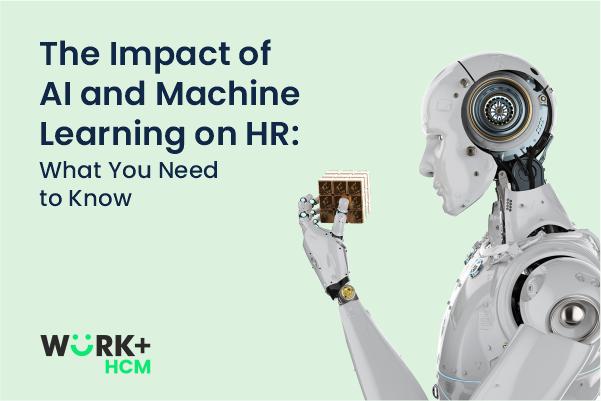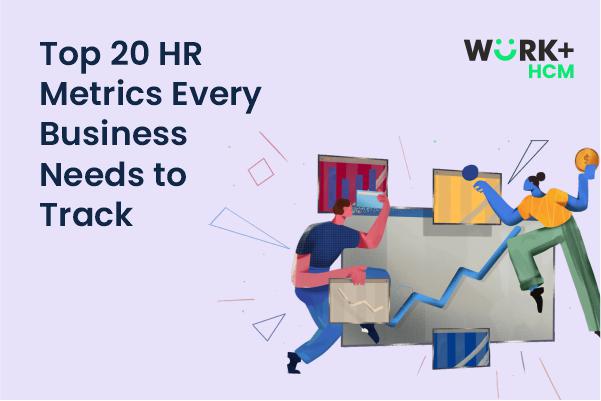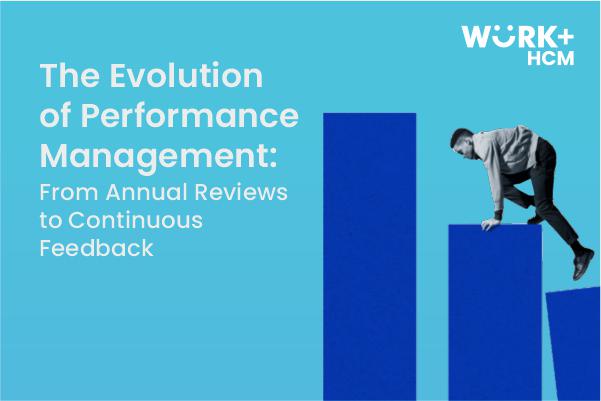The world of work is rapidly changing, and technology is at the forefront of that transformation. From automation and artificial intelligence to the gig economy and remote work, technology is revolutionizing how we work, where we work, and the skills we need to succeed in the workplace of the future.
Here are 10 ways that technology is transforming the workplace, and the use cases that show how it’s being implemented in different industries and companies:
1. Automation:
Automation is changing the way we work, from manufacturing to customer service. In manufacturing, robots are being used to assemble products, while in customer service, chatbots are being used to handle customer queries. Automation is already starting to replace some jobs, particularly in manufacturing and manual labor. According to a report by McKinsey, up to 800 million jobs could be lost to automation by 2030.
Robotic process automation can be used to automate repetitive tasks, such as data entry and document processing. For example, Deutsche Bank has used robotic process automation to automate its HR processes, resulting in a 30% reduction in manual work.
2. Artificial intelligence (AI):
AI is being used to automate repetitive tasks, analyze data, and make predictions. In finance, AI is being used to analyze customer credit scores and make loan decisions. For instance, LenddoEFL, a fintech firm, uses AI algorithms to provide credit scoring and verification for lenders in emerging markets. AI is already being used in fields like customer service, healthcare, and finance to improve efficiency and accuracy. According to a report by PwC, AI could contribute $15.7 trillion to the global economy by 2030.
AI and machine learning are being used in HR to automate repetitive tasks, such as resume screening and interview scheduling. For example, Unilever has used AI to screen job applicants, resulting in a 90% reduction in the time taken to screen candidates.
In fact, 85% of business leaders believe that AI will significantly change the way we work in the next five years.
3. Augmented reality (AR) and virtual reality (VR):
Virtual reality is another technology with the potential to revolutionize the workplace. It can be used for virtual training, remote collaboration, and even to create immersive customer experiences. For example, Walmart is using VR headsets to train employees in scenarios like handling holiday rush in their stores, resulting in a 30% increase in employee confidence. Also, Jaguar Land Rover uses AR to visualize vehicles in the design process, which saves time and costs.
4. Mobile & Cloud Technologies:
Cloud computing is enabling companies to store and access data from anywhere, anytime. This enables employees to work remotely and access information from multiple devices. For example, Dropbox allows employees to access files from their personal and work devices, and work together with team members from any location.
Mobile and cloud technologies can be used to provide employees with access to HR services from anywhere and at any time. For example, PepsiCo has implemented a mobile HR app that allows employees to view their pay stubs, access training materials, and request time off.
Cloud computing has made it easier for employees to collaborate and share information, regardless of their location. According to a report by Forbes, 83% of enterprise workloads will be in the cloud by 2020. In a survey conducted by IDG in 2021, 79% of organizations reported that they had either already implemented cloud computing or were in the process of doing so.
5. Gig economy:
The gig economy is changing the way we work, with more people working on short-term contracts or freelance projects. Companies like Uber and Lyft are disrupting the taxi industry with their ride-sharing services, while freelancing platforms like Upwork and Fiverr are enabling businesses to hire freelancers on-demand.
6. Collaborative tools:
Tools such as Slack, Microsoft Teams, and Trello are used to improve communication and collaboration within teams. Adobe uses Slack to foster collaboration among its remote teams, resulting in increased efficiency and productivity. With the help of such tools, teams can easily communicate, share ideas, and keep track of their progress.
7. Remote work:
Remote work is becoming increasingly popular, with more companies offering flexible work options. This enables employees to work from home or anywhere they choose, improving work-life balance and reducing commuting time. For instance, American Express provides remote work options for its employees and even has a remote work program for their travel and lifestyle division.
8. Big data & predictive anlaytics:
AI and ML can be used to automate the payroll process by analyzing data from various sources, such as employee time and attendance records, to calculate salaries and benefits. By automating the payroll process, HR departments can reduce errors and improve efficiency.
Predictive analytics can be used in HR to identify patterns and trends in employee behavior, such as attrition rates and performance levels. For example, IBM has used predictive analytics to identify employees who are at risk of leaving the company, resulting in a 20% reduction in attrition rates.
9. Wearable technology:
Wearable technology is improving workplace safety, productivity, and employee health. For instance, SmartCap, a wearable device, monitors drivers’ fatigue levels and alerts them when they need to take a break to avoid accidents. Similarly, some companies provide smartwatches to monitor employee health and reduce the risk of chronic diseases. By using wearable technology, employers can track employee performance, reduce the risk of accidents, and create a healthier workplace.
10. Blockchain:
Blockchain technology is being used to create more transparent and secure supply chains, particularly in industries like food and healthcare. Blockchain is revolutionizing the way we handle transactions and data. In HR, blockchain is being used to store and manage employee records securely, such as payroll information and performance evaluations. For instance, Workday is using blockchain technology to create a secure and transparent audit trail for employee data.
11. Machine learning:
Machine learning is being used to improve productivity, optimize processes, and automate tasks. In manufacturing, machine learning is being used to predict machine failure and prevent downtime. For example, BMW uses machine learning to analyze machine sensor data, predict failures, and schedule maintenance proactively.
Machine learning is being used to create personalized experiences for customers and employees alike. For example, chatbots are being used to provide personalized customer service experiences, while recommendation engines are being used to create personalized learning experiences for employees.
12. Gamification:
Gamification can be used in HR to increase employee engagement and motivation. By incorporating game elements, such as points, badges, and leaderboards, into learning and development programs, companies can make them more engaging and enjoyable for employees. For example, Deloitte has used gamification to increase employee engagement in its training programs, resulting in a 50% increase in employee engagement.
13. Digital credentialing:
Digital credentialing can be used to verify employee skills and credentials, resulting in increased trust and transparency in the hiring process. By using digital credentials, employees can earn and display verified credentials that can be easily shared with potential employers. For example, IBM has implemented a digital credentialing system that allows employees to earn and display verified credentials, resulting in increased hiring efficiency and accuracy.
14. Internet of Things:
The Internet of Things refers to the network of devices connected to the internet, from smartphones to smart appliances. In the workplace, IoT can be used for everything from tracking inventory to monitoring energy use. For example, Walmart is using IoT devices to track inventory levels in its stores, resulting in more accurate inventory management and less waste.
15. 5G:
The rollout of 5G networks is set to transform the workplace by providing faster internet speeds and lower latency. This will enable new applications, such as real-time collaboration, to become more common in the workplace. For example, video conferencing will become more seamless and efficient, allowing for more effective remote collaboration.
16. Cybersecurity:
As technology becomes more prevalent in the workplace, cybersecurity will become increasingly important. In fact, a survey found that 60% of organizations experienced a data breach in the past two years. Companies need to invest in cybersecurity measures to protect their sensitive data and prevent costly breaches. This includes implementing strong passwords, using encryption, and providing cybersecurity training to employees.
The future of work is being shaped by technology and it’s up to businesses to adapt to these changes. By embracing these new technologies, businesses can improve efficiency, collaboration, and innovation. However, they must also be mindful of the potential impact on jobs and ensure that employees have the necessary skills to succeed in the new world of work. As technology continues to evolve, it is clear that HR will continue to be impacted in new and innovative ways. By embracing these changes and staying ahead of the curve, HR professionals can help to create a more efficient, effective, and engaged workforce.


